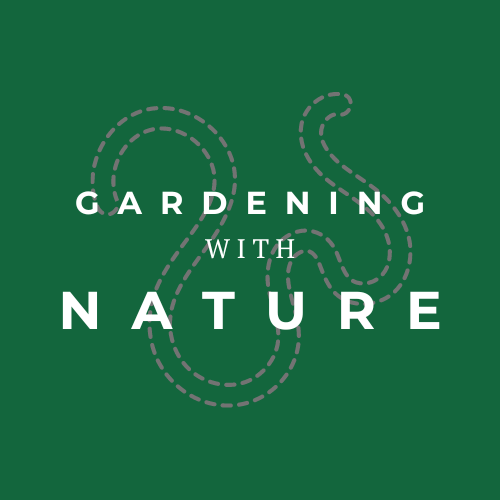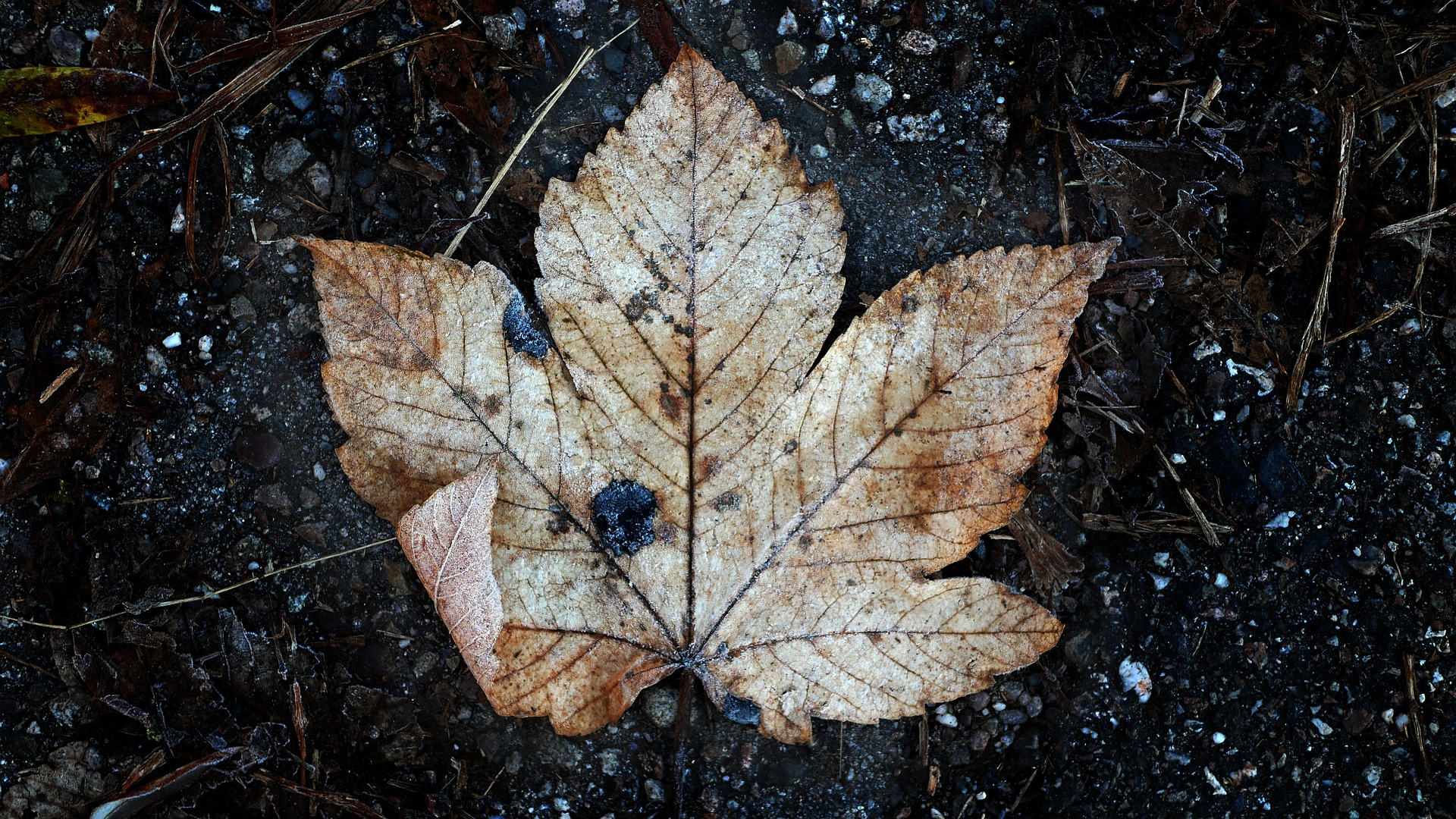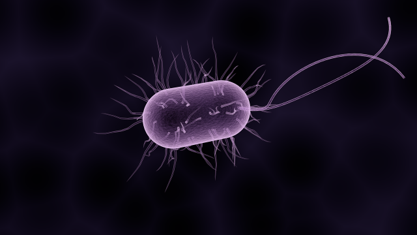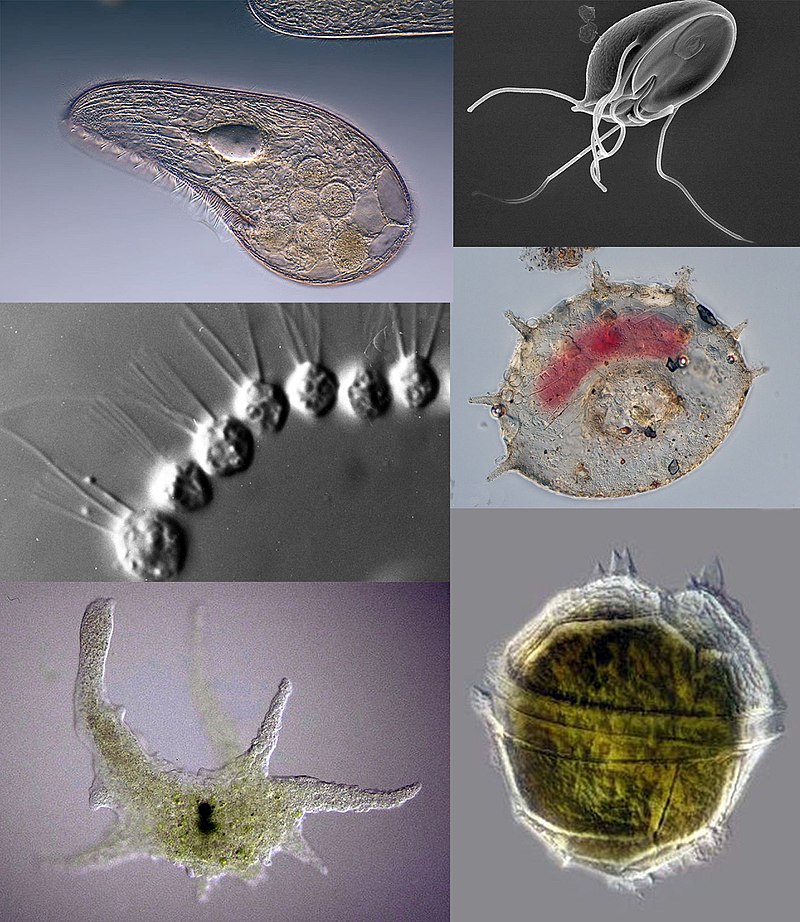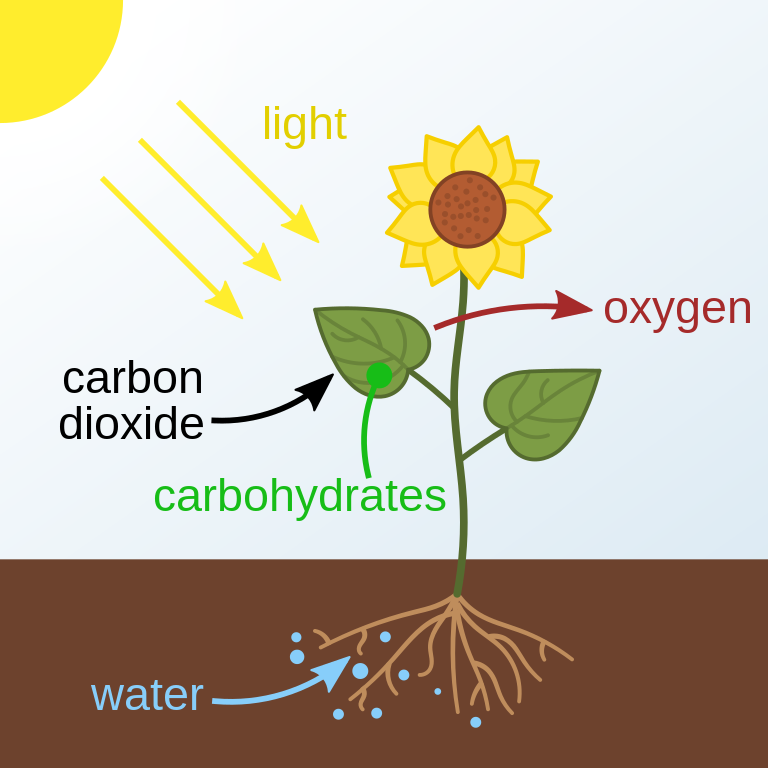Terms & Definitions
so… what does ____ mean??
The following are common definitions that are used on this site. They are not in alphabetical order. Please check back regularly to see what has been added.
Dirt is crushed up rock, composed of a mix of sand, silt, and clay. The colour of the lower horizons (or layers) often reflect what elements are most dominant.
Soil includes the crushed up rock plus life. The life component includes the single-celled organisms like bacteria and fungi, plus the larger, multi-celled organisms like protozoa, nematodes, micro-arthropods and earthworms.
Biology simply refers to all living organisms. Soil biology is these living organisms and more that live in and on the soil.
Organic matter includes both those critters plus the dead plant and animal matter (including poop) that is broken down (decomposed) at different stages.
Soils can be aerobic (with oxygen, or oxygen-loving), or anaerobic (without oxygen, or oxygen-hating). Different life forms thrive in either of these environments. Often anaerobic is seen as “bad” in the gardening (and agriculture) world.
Bacteria are extremely tiny, single-celled organisms that are not classed as animals. They can only be seen by a microscope, and live literally everywhere, on everyone and everything, including on and inside you.
A diagram of what a bacterium (singular from bacteria), may look like. Most famous (and feared) being E. coli. Source of photo.
Fungi are complicated living organisms. They are neither plant nor animal nor bacteria. They range from single-celled organisms to multi-cellular complex living things. Often they are best recognized as mushrooms, yeast or mould. Most fungi in the soil are microscopic, or far too tiny to see with your eyes.
A collage of different forms of fungi. From Wikipedia.
Fungal hyphae are tiny, often single-celled long strands that are microscopic but extend for a very long way. Their diameter is much smaller than most plants’ root hairs. This is the “vegetative growth” of the fungi.
Mycelium is the whole collection of hyphae plus the flowering part of the fungi being mushrooms.
Saprophytic means organisms obtain their energy from decomposing living or non-living organisms.
Microbes or microorganisms refer to bacteria and fungi, plus archaea (a different form of bacteria), algae, and protozoa.
Protozoa are tiny, single-celled animals, that eat dead material and smaller organisms like bacteria and fungi. Some are parasites, others live freely in the environment, like the soil.
A collage of protozoa of different types and species. From Wikipedia.
Carotenoids are accessory pigments, either yellow or orange, that are found in the chloroplasts of plants and some prokaryotes (bacteria). By absorbing wavelengths of light that chlorophyll cannot, carotenoids broaden the spectrum of colours that can drive photosynthesis.
Chlorophyll is a green pigment located in the membranes within the chloroplasts of plants, algae and certain prokaryotes. There are two different types of chlorophyll: Chlorophyll a and Chlorophyll b. Chlorophyll a is a photosynthetic pigment that participates directly in the light reactions which convert solar energy into chemical energy. Chlorophyll b is an accessory photosynthetic pigment that transfers energy to chlorophyll a.
Photosynthesis is the conversion of light energy from the sun into chemical energy, stored in the form of sugars or other organic compounds and is a biochemical pathway that occurs in plants, fungi, and certain prokaryotes (bacteria and archaea).
A very simplified diagram of how photosynthesis works from Wikimedia Commons
Aggregates are many soil particles in a single mass or cluster, such as a clod, crumb, block, or prism. Aggregates are most often formed by the enzymes and acids produced by bacteria.
Aggregate stability is the ability of soil particles to stick together when subject to external forces such as water.
Acid soil is any soil with a pH of less than 7, often found in the root zone or the first few inches of the soil surface.
Alkaline soil is any soil with a pH of greater than 7, often found in the root zone or the first few inches of the soil surface.
Glomalin is a protein-sugar molecule secreted by fungal hyphae. It results in a sticky hyphal surface, which may contribute to aggregate stability.
Rhizosphere
Rhizosheaths
Rhizophagy and the Rhizophagy Cycle
Root exudates
Plant secondary metabolites (PSM)
Lipids
Mitochondria
Cellular Respiration
Parent Material
Soil Horizons
Topsoil
O Horizon
A Horizon
B Horizon is a soil horizon that is usually below the A horizon which is characterized by one or more of the following: 1. a concentration of soluble salts, silicate clays, iron, and aluminum oxides, and [humus/organic matter], alone or combined; 2. a blocky or prismatic structure; or 3. coatings of iron and aluminum oxides that give darker, stronger, or redder colour.
Clay is one of two definitions: 1. a soil particle that is <0.002 mm in diameter, or 2. a class of soil that consists of >40% clay, <45% sand, and <40% silt.
Sand
Silt
A cover crop is a crop consisting of plants that are sown to grow close together to improve soil between periods of regular crop production or between trees and vines in orchards and vineyards. It is less often used in gardens but is growing in popularity.
Companion planting is the practice of growing certain species of plants together to improve the growth of one species or prevent pests.
Compost is a mixture of organic residues piled, moistened, and allowed to decompose biologically. Sometimes, mineral fertilizers are added to further enhance decomposition. If it’s produced primarily from plant residues, it is also considered artificial manure or synthetic manure.
